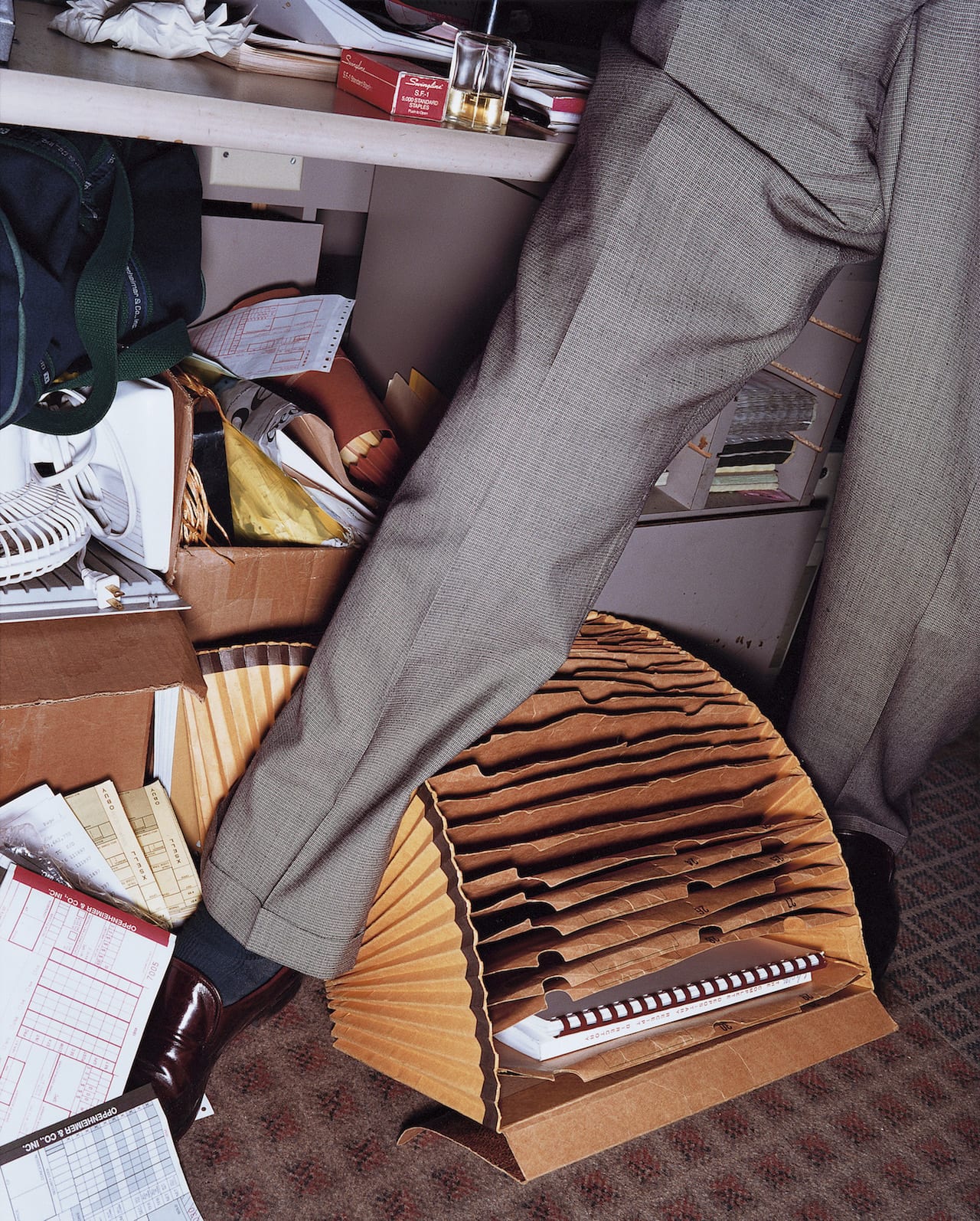On show at London’s David Hill Gallery, the exhibition features work by Sanlé Sory, Rachidi Bissiriou, Malick Sidibé, and Leonce Raphael Agbodjélou


On show at London’s David Hill Gallery, the exhibition features work by Sanlé Sory, Rachidi Bissiriou, Malick Sidibé, and Leonce Raphael Agbodjélou

The Walther Collection has kicked off an 18-month exploration of vernacular photography with a show titled The Shadow Archive: An Investigation into Vernacular Portrait Photography. Taken from the 1850s to the present day, the collected portraits depict groups such as ‘migrant laborers’, ‘inmates of an asylum’, ‘criminal photographs’, and ‘G&G Precision Works Photographic Identity Badges’, and, says the organisers, show how “identification photographs have been used to sort, shape, segregate, and select subjects based on occupation, social group, body type, or political affiliation”. The title references a phrase used by writer and photographer Allan Sekula to reference “the entire social field of human representations, comprising both heroes and deviants, within which every portrait takes its place as part of a moral hierarchy”.

With so much to see condensed into one city over the course of five days during Paris Photo (09-12 November), you’d be tempted to skip round the 149 galleries lining the elegant, glass-topped halls of the Grand Palais in a couple of hours, or even miss the main event altogether, as many do. That would be a mistake. You won’t get a better snapshot of what constitutes saleable photography in 2017, from the blue-chip North American dealers such as Gagosian, Pace MacGill and Howard Greenberg, to the work of younger artists championed by the likes of Project 2.0, Trapéz and Taik Persons. And eavesdropping on the sales patter can be a real an eye-opener.

Malick Sidibé was lauded “the eye of Bamako” for his work in the Mali capital in the heady years after independence from France in 1960. Often shooting in dance halls and soirées as well as in his studio in the Bagadagjii district, Sidibé captured the vitality and verve of the time, photographing the country’s young people and their clothes, dance moves, and musical tastes. By the 1990s Sidibé’s work had gained attention outside Africa and in 1995, the Fondation Cartier pour l’art contemporain was the first to give him a solo show outside the continent. Now, a year after his death, the institution is staging the largest ever exhibition of his work, including over 300 images taken from the early 1960s to 80s. Mali Twist includes iconic works such as Un Yé-yé en position and Nuit de Noël (Happy-club), both shot in 1963, but also previously unseen vintage photographs and portraits – including 30 previously unshown studio portraits selected from thousands of negatives in Sidibé’s archives.

Titled Afrotopia, the headline show of the 11th Rencontres de Bamako features work from 40 photographers and collectives, drawn from all over the continent and from the African diaspora abroad. Shown at the National Museum of Mali, the exhibition was drawn from over 300 applications by a jury of photography insiders including Rencontres de Bamako artistic director Marie-Ann Yemsi, photographer Sammy Baloji and curator Azu Nwagbogu. It will be on show from 02 December-31 January 2018, after which the exhibition will travel to The Netherlands.

In conjunction with the 1:54 fair of contemporary African art in London, Somerset House is to stage the first major solo show of the Malian photographer, who died this year after a lifetime spent photographing the lives and culture of the Malian capital, Bamako, in the wake of the country’s independence.